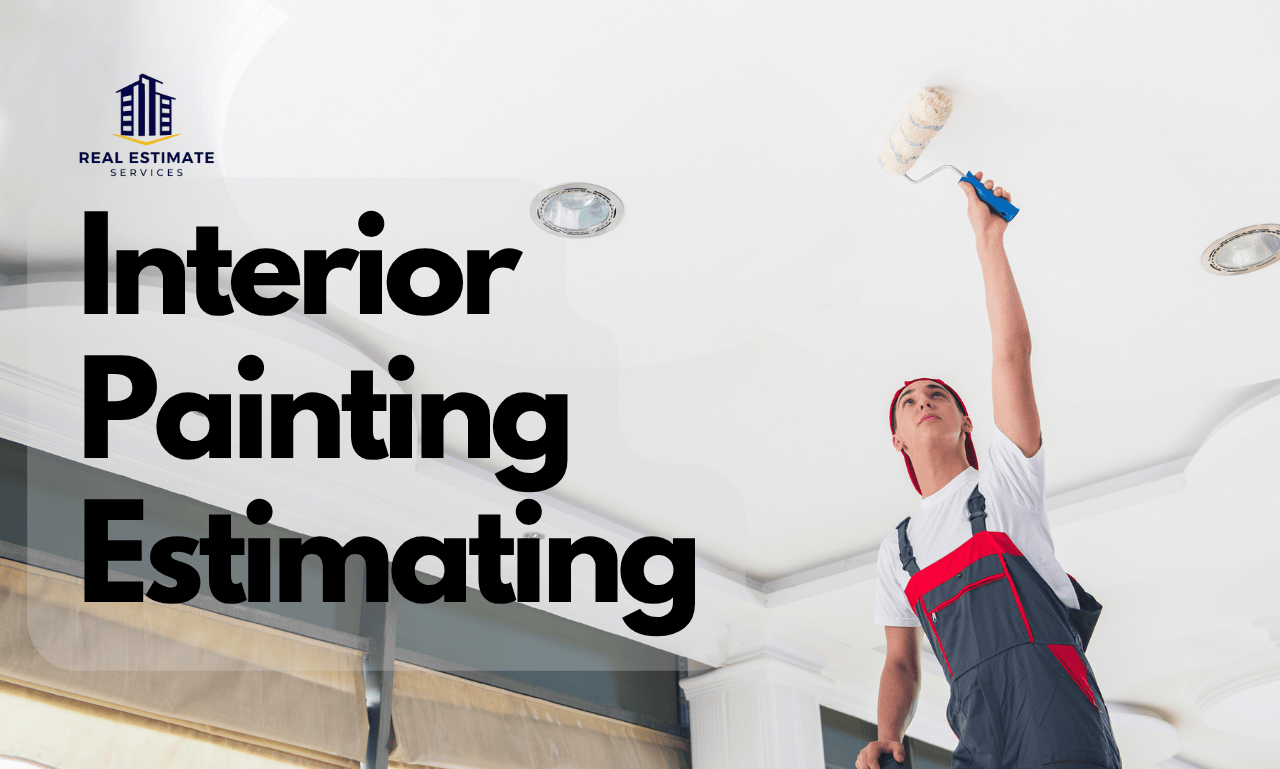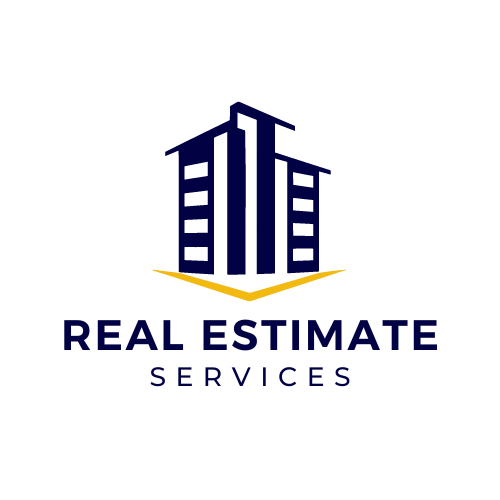QUICK TURNAROUND TIME WITHIN 12 HOURS!

Interior Painting Estimating Made Easy: Costs, Tips & Formulas
When it comes to home improvement, interior painting is one of the most affordable and transformative projects. However, whether you’re a homeowner budgeting for a DIY job or a contractor preparing a professional bid, interior painting estimating is essential for planning and cost control. This guide covers everything you need to know—from key cost factors to proven estimation methods.
Why Interior Paint Estimates Matters
Accurate estimates help:
Prevent budget overruns
Ensure fair pricing
Improve project timelines
Build client trust in professional jobs
Even a small miscalculation in paint quantity, labor, or material cost can lead to significant financial loss.
Key Factors That Affect Painting Estimates
Several variables influence the overall cost of an interior painting job:
1. Square Footage
Larger areas require more paint and labor. Calculate both wall and ceiling surface area for a complete estimate.
2. Paint Type and Quality
Premium paints with higher durability and better finish cost more but may require fewer coats.
3. Surface Preparation
Walls needing patching, sanding, or priming before painting will increase labor and material costs.
4. Number of Coats
Most jobs require at least two coats. Dark colors or poor-quality surfaces may need three.
5. Trim, Doors, and Windows
Detailed work around trim or decorative moldings adds time and complexity to the estimate.
6. Labor Costs
Labor is typically the largest cost component. Rates can vary based on location, skill level, and project complexity.
How to Estimate Painting Costs Step-by-Step
Step 1: Measure the Area
Measure the height and width of each wall. Use the formula:
Wall Area = Height × Width
Repeat for each wall and add them together. Subtract windows and doors for accuracy.
Step 2: Calculate Paint Needed
Most paints cover about 350-400 sq ft per gallon. Divide total wall area by coverage rate to find gallons needed:
Total Paint = Total Wall Area / Paint Coverage per Gallon
Step 3: Add Material Costs
Include:
Paint
Primer
Tape, brushes, rollers
Drop cloths
Average material cost ranges from $1–$3 per sq ft.
Step 4: Estimate Labor
Labor costs typically range from $1.50–$4.00 per sq ft, depending on prep work and detail required.
Step 5: Include Overhead and Profit (For Contractors)
Don’t forget to factor in business expenses and desired profit margin, often 10–30% of total cost.
Tips for Accurate Interior Painting Estimating
Always inspect the site before quoting.
Use detailed checklists.
Document wall conditions and ceiling height.
Account for extra paint for touch-ups.
Whether you’re a contractor preparing a client quote or a homeowner planning a DIY project, mastering the basics of interior painting estimating ensures better budgeting, smoother project execution, and professional results. A reliable estimate can make the difference between a successful paint job and a costly mistake.
